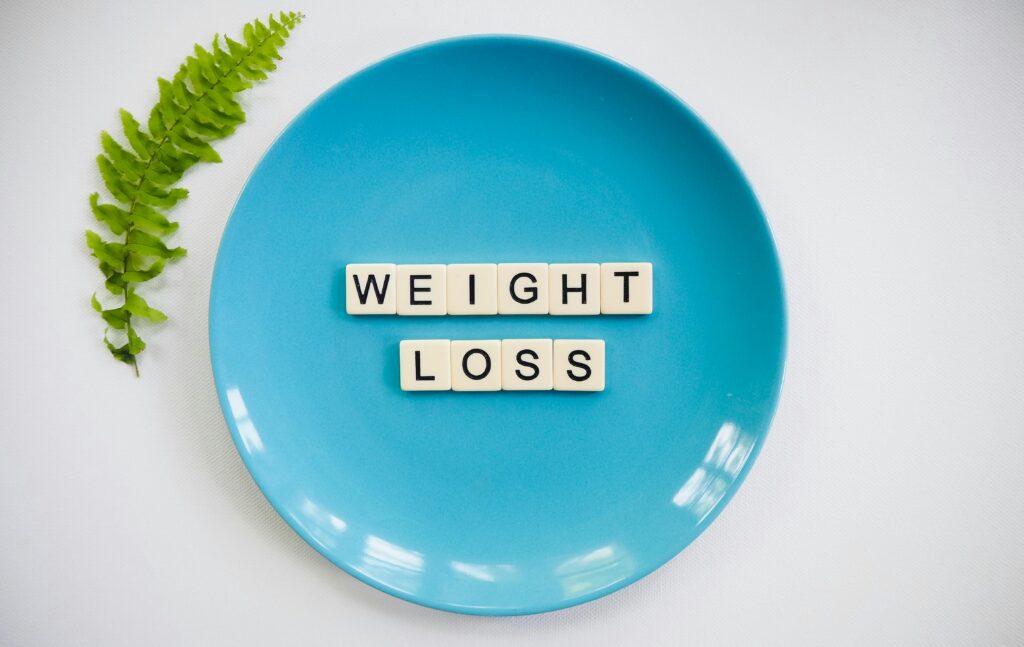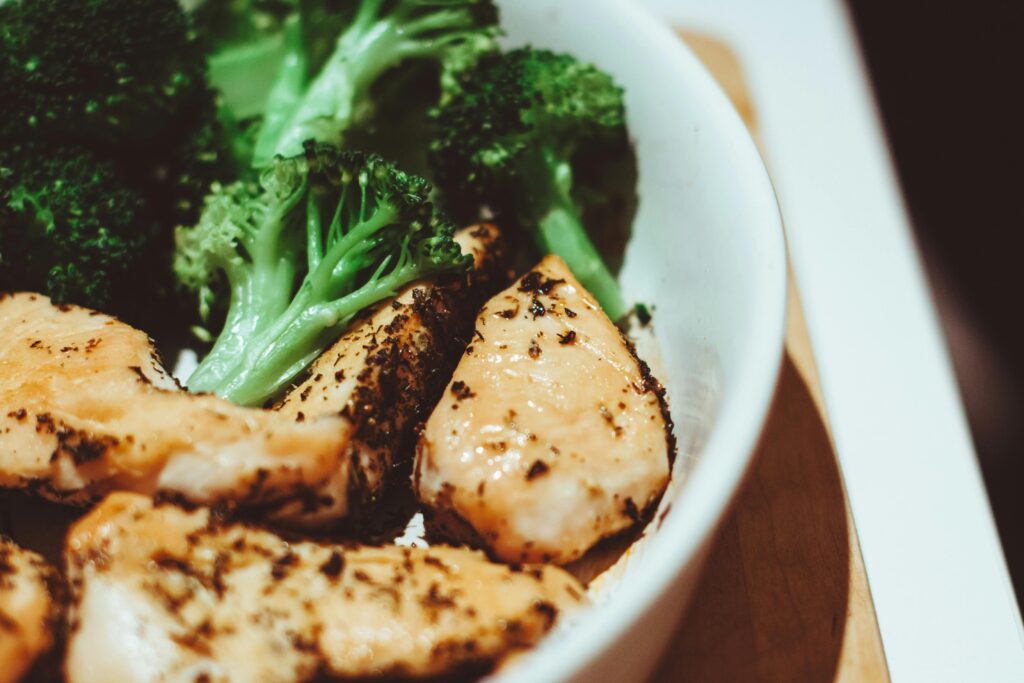
Let’s start with the core truth: being in a calorie deficit is how to lose weight. That means you’re using more energy than you’re taking in. This is the fundamental principle of fat loss. How you achieve that calorie deficit and each person’s unique body and circumstances make that look different for everyone.
If you’ve ever Googled “how to lose weight,” you know how frustrating it can be. Between conflicting advice, fad diets, and miracle pills, it’s easy to feel like you need a PhD just to figure out what’s true. The good news is that losing weight doesn’t have to be complicated—just a little clearer.
I will cut through the noise and give you the real deal on what works, what doesn’t, and how to make weight loss stick this time.
The Fundamentals of Fat Loss
Whether you’re eating paleo, vegan, keto, or something in between—if you’re not in a deficit, you won’t lose weight. There’s no magical diet that will lead to fat loss. Sorry, carnivores, intermittent fasters, and keto enthusiasts…
What Is a Calorie Deficit?
A calorie is simply a measurement of energy. And a calorie deficit, where your body uses more energy than you consume, is the only way it turns to stored fat as its primary fuel source. How you achieve that deficit is up to you. Do you feel good when fasting? Do you prefer a plant-based diet? Are you thriving on a high-fat, high-protein diet?
Do that.
When your main goal is fat loss, a sustainable eating plan is the easiest way to stay in a deficit.
A calorie deficit doesn’t mean starving yourself or eating like a rabbit. It means eating enough to fuel your body while slowly chipping away at stored fat. It’s about balance, not punishment.
Also, macronutrients—protein, carbs, and fats—matter. Protein helps keep you full and preserves muscle as you lose weight. Carbs give you energy (and yes, you can eat them and still lose weight). Fats support hormone function and brain health.
Common Weight Loss Myths
Now that we’ve got the foundation let’s talk about the myths that trip people up.
Carbs Make You Fat
Nope. Consistently eating too many calories is what leads to fat gain.
In fact, complex carbs (like oats, rice, and potatoes) give you energy and help with performance and recovery.
The problem is that many types of carbs are freaking delicious and super easy to overeat—fresh-baked bread, anyone? Do you actually have a single slice? Chips, cookies, cake, and all things delicious are highly palpable combinations of fat and carbs. As a result, they’re easy to consume. Then, we blame the macro for the weight gain.
You Need to Do Hours of Cardio
Cardio has benefits, but it’s not the golden ticket. In fact, combining strength training with daily movement (like walking more) is often more effective and sustainable for fat loss. You should view cardio as a tool for assisting in your fat loss goals. But more importantly, you should view cardio as a way to keep your ticker healthy.
You Have to Cut Out All Your Favourite Foods
The all-or-nothing mindset is a trap. You can lose weight and still enjoy pizza or ice cream. It’s about portion control and making smarter choices most of the time—not perfection. When you try to eliminate something you love from your life, chances are high that you’ll just crave it or similar things more.
Give yourself the treats you love, just learn to control your portion sizes. It’s not “cheating” if you’re allowed to do it. You’re not in a relationship with food, stop acting like it.
Fat-Burning Supplements Are a Shortcut
Save your money. Most fat-burning supplements are overhyped and under-researched. The real “fat burners” are a good diet, consistent activity, and sleep. You can’t supplement your way to fat loss any more than you can supplement yourself to living a longer, healthier life.
The Number on the Scale Is Everything
Scale weight fluctuates daily. Water retention, hormones, and muscle gain all play a role. Use other tools to track progress: how your clothes fit, energy levels, progress photos, or how strong you feel in the gym.

Sustainable Weight Loss Strategies
What should you actually be doing if you want to lose weight in a way that lasts?
Create a Moderate Calorie Deficit
Not extreme. Just enough to see steady progress without feeling miserable. Many people find success when they’re in a 300–500 daily calorie deficit. This ends up being around a pound of fat loss per week. The right calorie deficit is dependent on your unique body. For example, someone with a lot of weight to lose may be able to create a large deficit and still feel okay. Losing up to 2 pounds weekly is safe and sustainable.
Prioritize Protein & Fibre
Protein helps with fullness and helps your body hold onto as much muscle when you’re losing weight. Fibre also helps keep you full, and it keeps your digestion happy.
Move More
Yes, workouts help. But so does parking farther from the store or taking walking breaks during your day. This everyday movement is called NEAT—non-exercise activity thermogenesis—and adds up. NEAT can account for up to 30% of your daily calorie expenditure. So, don’t ignore the power of simply moving more throughout the day.
Don’t Neglect Sleep & Recovery
Lack of sleep messes with your hunger hormones and makes you crave high-calorie foods. Aim for 7 to 8 hours a night, and watch how much easier it becomes to make healthy choices. Again, this isn’t a hard-and-fast rule because we all have different sleep needs. But you’ll know what yours is as you dial in on it.
Track Progress Without Obsessing
Weigh-ins, photos, how your clothes fit—track progress in different ways, but don’t let one off day throw you for a loop. Look at trends, not single moments. Focus on progress, not perfection.
Set Realistic Expectations
Here’s the truth: 1 to 2 pounds per week is a healthy, sustainable rate of weight loss. Slower progress is still progress, and it often leads to better long-term results.
The biggest mistake people make is going too hard, too fast. Cutting 1,200 calories overnight, working out twice a day, and expecting abs by next Tuesday isn’t determination; it’s a recipe for burnout. It’s not realistic—and it’s not necessary. And 9.9 times out of 10, you’ll fail immediately, and the other 0.1% will fail a little further down the line.
Instead, focus on making 1 or 2 changes at a time. Build habits that can stick. You don’t need to be perfect. You just need to be consistent more often.
Ditch the Fads, Keep the Facts
Losing weight isn’t about punishing your body or chasing quick fixes. It’s about treating your body with respect and making intentional, sustainable changes over time.
Here’s your takeaway:
- Eat a bit less, move a bit more
- Don’t fear carbs or fat
- Lift some weights, take some walks
- Sleep, hydrate, and be patient
Most importantly, don’t let myths hold you back. If you’re ready to ditch the confusion and take action, contact me to book a free consultation. I can help you create a sustainable plan to get you to where you want to be.
In the meantime, apply 1 tip from this post today. Maybe it’s eating more protein or going for a 15-minute walk. Small steps lead to big change. You’ve got this.